My mom passed away recently. Tomorrow is her funeral.
As I’ve walked through these days, I’ve been reminded in the most visceral way to practice what I so often teach: making space for feelings — not rushing them, not reshaping them, not bypassing them with forced positivity.
In the first days after she passed, my home was bustling with family. Those days were beautiful — full of laughter, shared memories, and togetherness with my siblings. But as lovely as that time was, I didn’t yet have space to feel my own grief.
That came later, in the quiet.
A few days afterward, I went with family and two of my dearest friends on a three-day hike through Yoho National Park in the Canadian Rockies. Imagine hours of walking in silence, mountains pressing steady around us, no cell service, no electricity — only the rhythm of feet hitting the earth, the setting of the sun, and the sound of loved ones breathing softly around me as we shared a mountain cabin.
It was in those long stretches of stillness that my feelings finally found room.
And in listening to breath — in, and then out — I was struck by the profound reminder of life and death folded into one, and the simple truth: grief needs space.
©2025 Drew Gragg
Why Grief Feels So Hard in Our Culture
Our culture doesn’t always give us room to grieve. We’re often pushed to focus on the positive, to celebrate the life instead of feeling the loss. Of course, celebration is part of healing, but in those early days, I wasn’t ready to celebrate. I just wanted to cry.
In other cultures, grieving is held more openly. Professional mourners, for instance, wail on behalf of a community — not because people can’t grieve themselves, but because raw expressions of sorrow give permission for others to feel and release their own. When grief is public, shared, and normalized, it moves.
Our feelings need channels like that too — spaces where they can flow instead of being locked inside. For me, hiking and being in nature gave them room. For my sister, it’s art. She recently signed up for a workshop in Paris called The Hands That Held Us, where participants explore their mothers’ unspoken dreams through collage. Creative expression becomes a way grief takes shape and breathes.
The Subtle Ways Feelings Sneak Out
Have you noticed how easily we sidestep feelings? When someone asks, How are you? it’s almost automatic to say, Fine. But feelings rarely disappear just because we don’t invite them forward.
Instead, they leak out elsewhere — in tears during a sad movie, in frustration during a traffic jam, or in the oversized wave of emotion that hits when we drop a glass, and it shatters. Our inner life will find cracks. The question is: do we make space for it to come forward gently, or do we wait until it bursts through?
This matters not just for us, but also for the kids in our lives.
@2025 Drew Gragg
Making Room — For Ourselves and Our Students
When I give talks on resilience, I often remind parents and educators: children don’t need us to rush them through their feelings. They need space to stay with what they’re feeling. We don’t have to fix it. In fact, our willingness to simply acknowledge, “Yes, that is hard,” is what helps feelings soften and resilience grow.
The same is true for us. We are not machines. We are not meant to sprint endlessly through a culture of distraction and demands.
So, give yourself the gift of space. Leave your phone behind and go for a walk. Lie on the grass and watch the clouds. Take a long bath. Draw, paint, sing, or simply sit with yourself. Be. Just be. And know you don’t need to apologize for it.
As Carl Jung said:
“Until you make the unconscious conscious,
it will direct your life and you will call it fate.”
A Gentle Reminder
For the kids who can express what they’re feeling with words, let’s let them. For those who can’t, let’s remember that feelings live in the body and often come through movement, music, play, or art. I created my Inside-Out Guide for exactly this reason — to give teachers and parents 70 pages of playful activities that allow emotions to come through in natural, non-threatening ways.
And because this work is so close to my heart, I’ve just finished writing a children’s book: Sometimes I Feel That Way Too to help kids see their own emotions as natural, valid, and worthy of space. (It’s coming this Fall and is now available to preorder on my publishers website or Amazon.)
One Last Thank You
If you’re reading this, you’re likely one of the adults helping kids navigate their worlds with more empathy and patience. In today’s distracted, dopamine-chasing culture, children desperately need adults like you — adults who make room instead of rushing feelings away.
Thank you. For being present. For holding space. For making it okay to feel.
We grow resilience not by denying emotions, but by making a safe place for them to land.
You’ve got this.
With warmth and gratitude,

For information on upcoming professional
development opportunities, talks, blogs and more.
Featured image by ©2025 Drew Gragg
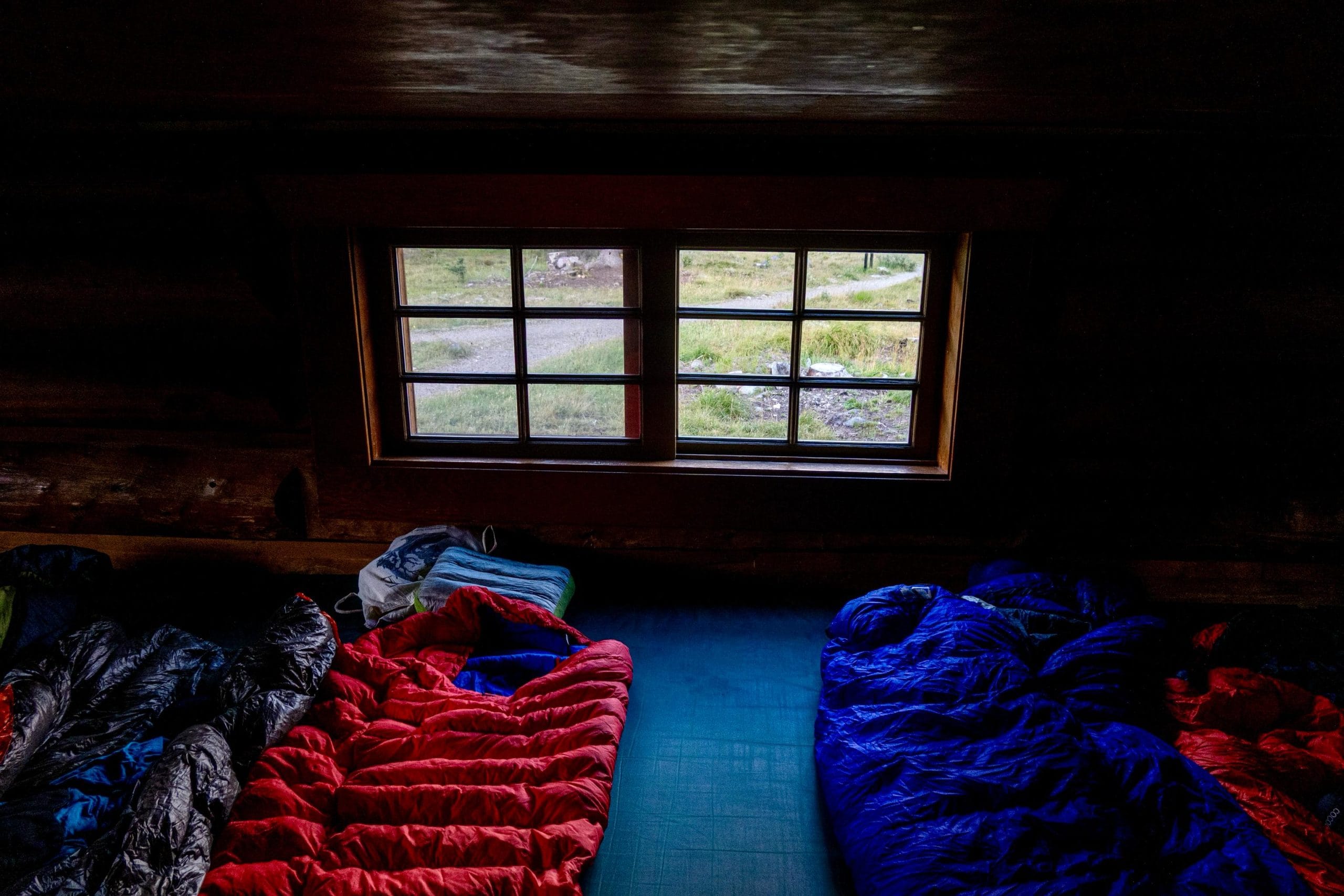

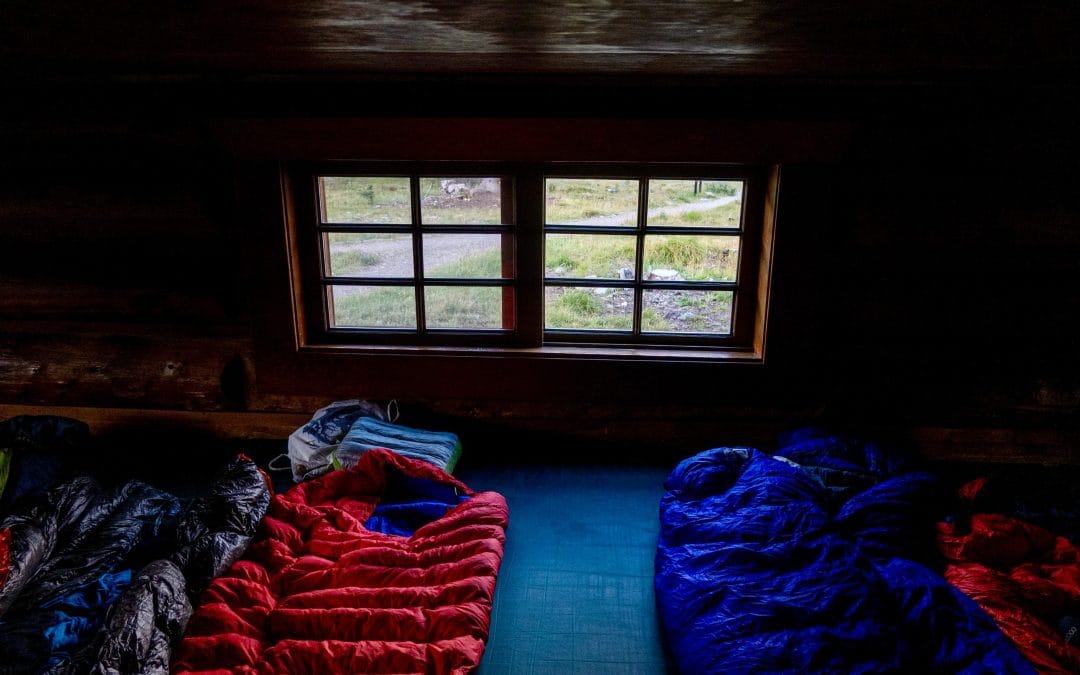
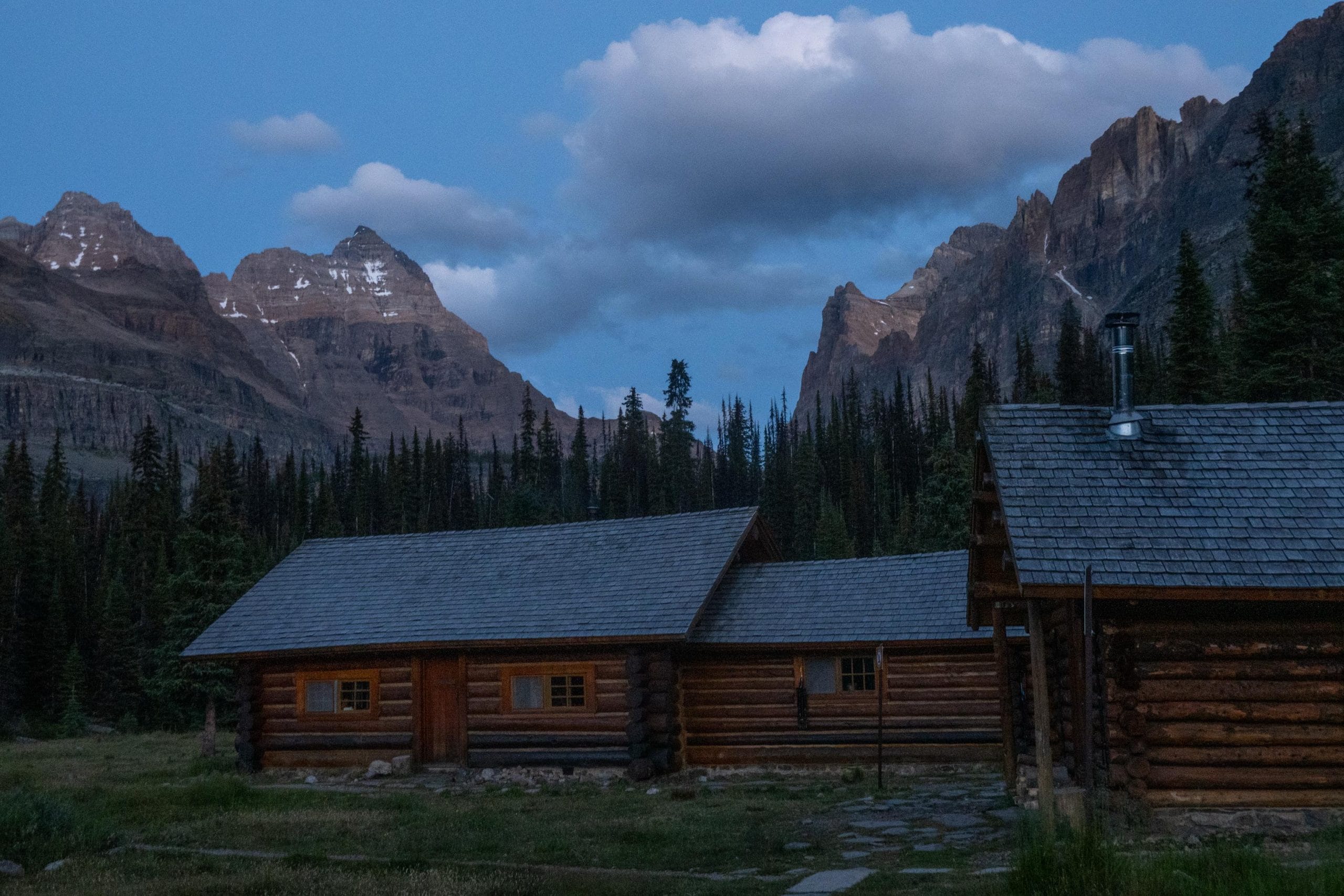


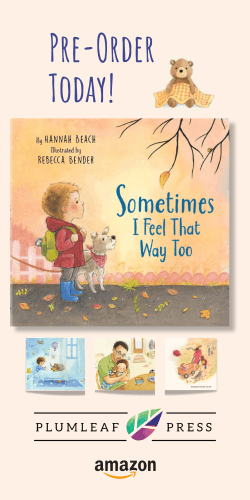
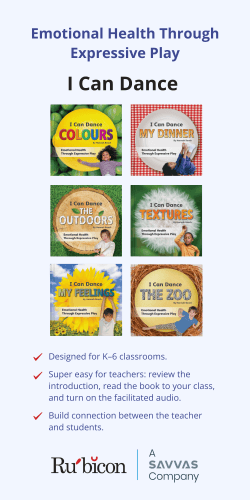
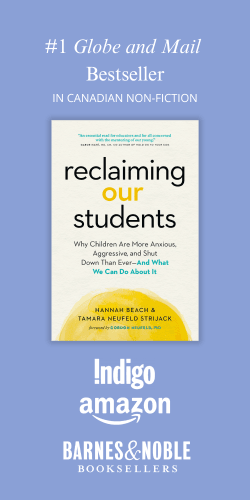
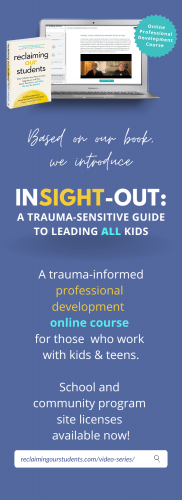

Dear Hannah,
I’m so sorry for the loss of your mom. Mothers hold such an important place in our lives, and I want to send you my deepest condolences. I truly appreciated your blog post about grief and the importance of making space for it, rather than trying to “fix” the person who is grieving. I plan to share your words with a dear friend who recently lost his older brother, as I know they will bring him comfort.
Warmly,
Cathy
Hannah, your message is so critical in our society right now. And your own experience of your Mom’s death brings your message even more powerfully. Thank you for sharing. And thank you for the work you do. You are truly a gift to the world!
Hannah,
This post about grief was a beautiful read. Thank you for sharing. My deepest condolences 🙏 to you. May the memories of your mom bring you comfort. Feel what you need to feel. I lost my mom 2 months ago and it feels like yesterday.